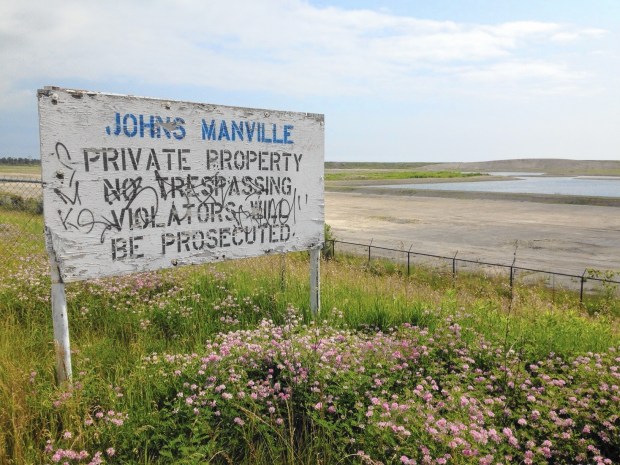The Trump Gang has really roughed up the staid diplomatic folk of Europe. Or have they? Snobs who love to sneer at those crude Americans across the water have been given a boost, thanks in particular to the distinctively aggressive style of President Donald Trump.
Beyond that, however, the actual results of the current efforts of Trump and senior colleagues have been positive or, at worst, neutral. A telephone discussion with Russian President Vladimir Putin has resulted in peace talks regarding Ukraine, at last.
President Volodymyr Zelensky and associates in Ukraine will be part of this process. Whatever the interpersonal relations, peace cannot be arbitrarily imposed on this nation of proven warriors.
Vice President J.D. Vance has criticized Europe’s leaders for encouraging mass migration, but also restricting freedom of speech. In fact, growing pressures for conformity in Europe are worrisome.
Defense Secretary Pete Hegseth joined him in chiding our allies for not contributing more to their defense. Europe’s shortcomings in contributing to NATO (North Atlantic Treaty Organization) have been contentious since the failure to achieve the so-called Lisbon Goals agreed to in 1952,
The previous Trump administration directed constant public criticism at European allies for not doing more. However, such tension has been a traditional feature of life in NATO from the beginning.
That administration also in 2018 hosted the Baltic Summit, underscoring defense commitment to Estonia, Latvia and Lithuania. In 1940, the Soviet Union annexed the Baltic States, which had achieved independence in 1918. All three nations became NATO members in March 2004.
Montenegro became a NATO member in early June 2017. After Russia invaded Ukraine, neutral Finland and Sweden joined, an enormously important strategic shift.
The collapse of the Soviet Union and Eastern European communist regimes ended the Cold War, but not conflict in Europe. The 2022 invasion of Ukraine by Russia’s army, after years of generating turmoil and aiding insurgent rebel forces, created the most serious crisis in Europe since the Balkan wars of the 1990s – and perhaps since World War II.
NATO endures, for good reasons. Bureaucracies naturally seek self-perpetuation, but strategic realities provide persuasive justification. General war in Europe was avoided for a century between the final defeat of Napoleon and the outbreak of World War I. A Concert of European nations, brokered by Great Britain, helped keep the general peace.
NATO today represents an approximate counterpart to the uncertain but generally effective Concert. The alliance has operated beyond the nations of the North Atlantic region, including not only on the margins of Europe but also in distant territories, including notably Afghanistan.
Article 5 of the NATO treaty states that an attack on one member is an attack on all. The 9/11 terrorist strikes on New York, Washington D.C., and in the skies over Pennsylvania, triggered this clause, for the first time.
Numerous post-Cold War leaders in Europe have been effective, including in particular German Chancellor Angela Merkel. Chancellor Merkel spearheaded expansion of Germany’s roles in humanitarian relief. She also provided arms to Kurds fighting Islamic extremists in Iraq.
However, the history of NATO has been a litany of challenges, both internal and external. This remarkable alliance has survived.
That is what “The Economist” in Britain emphasized in an essay on the durability of NATO. This military alliance celebrated 75 years last year. The treaty was signed in Washington D.C., in April 1949. “The Economist” essay notes coalitions of the Napoleonic wars lasted on average five years.
Arthur I. Cyr is the author of “After the Cold War – American Foreign Policy, Europe and Asia.”
Contact acyr@carthage.edu




